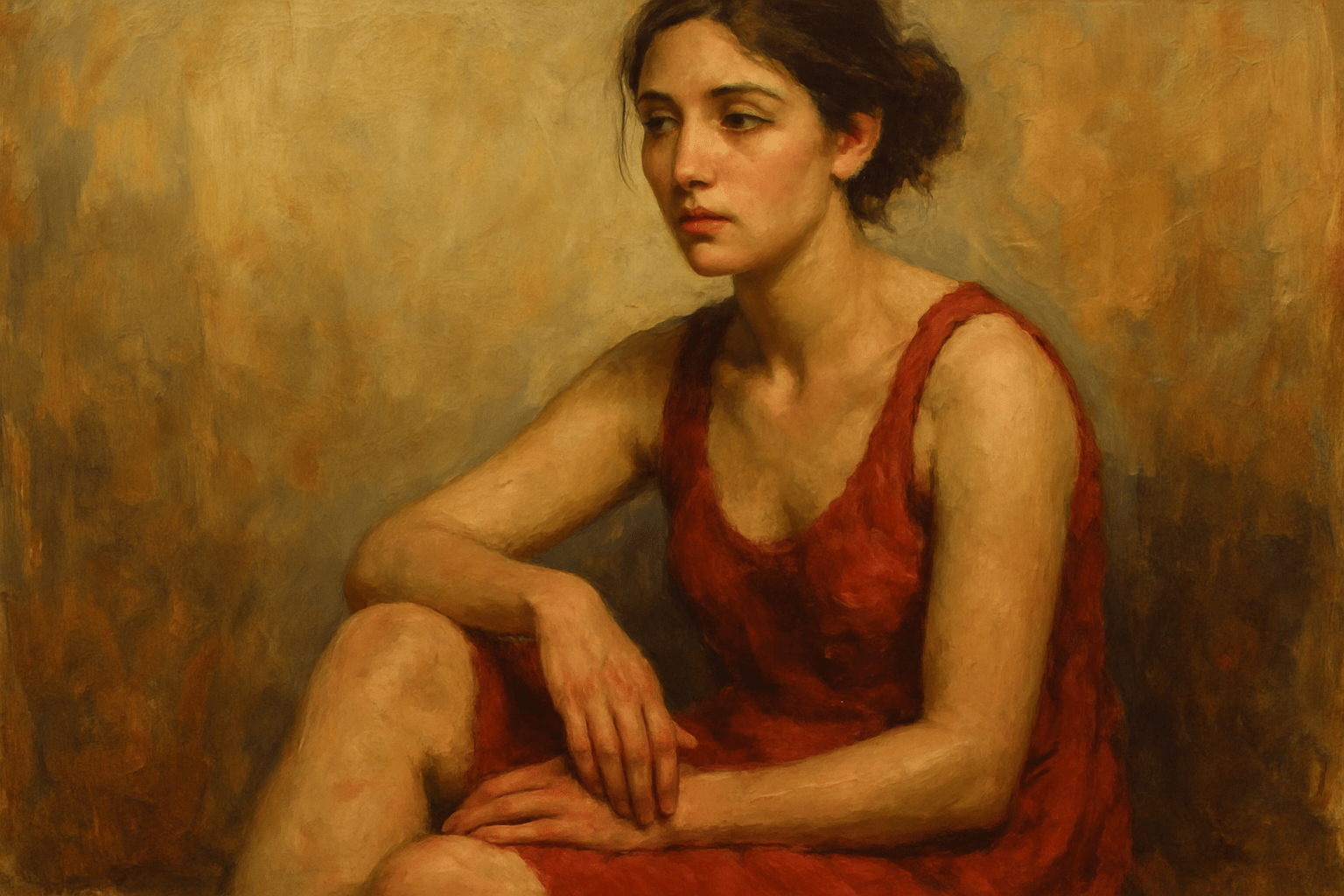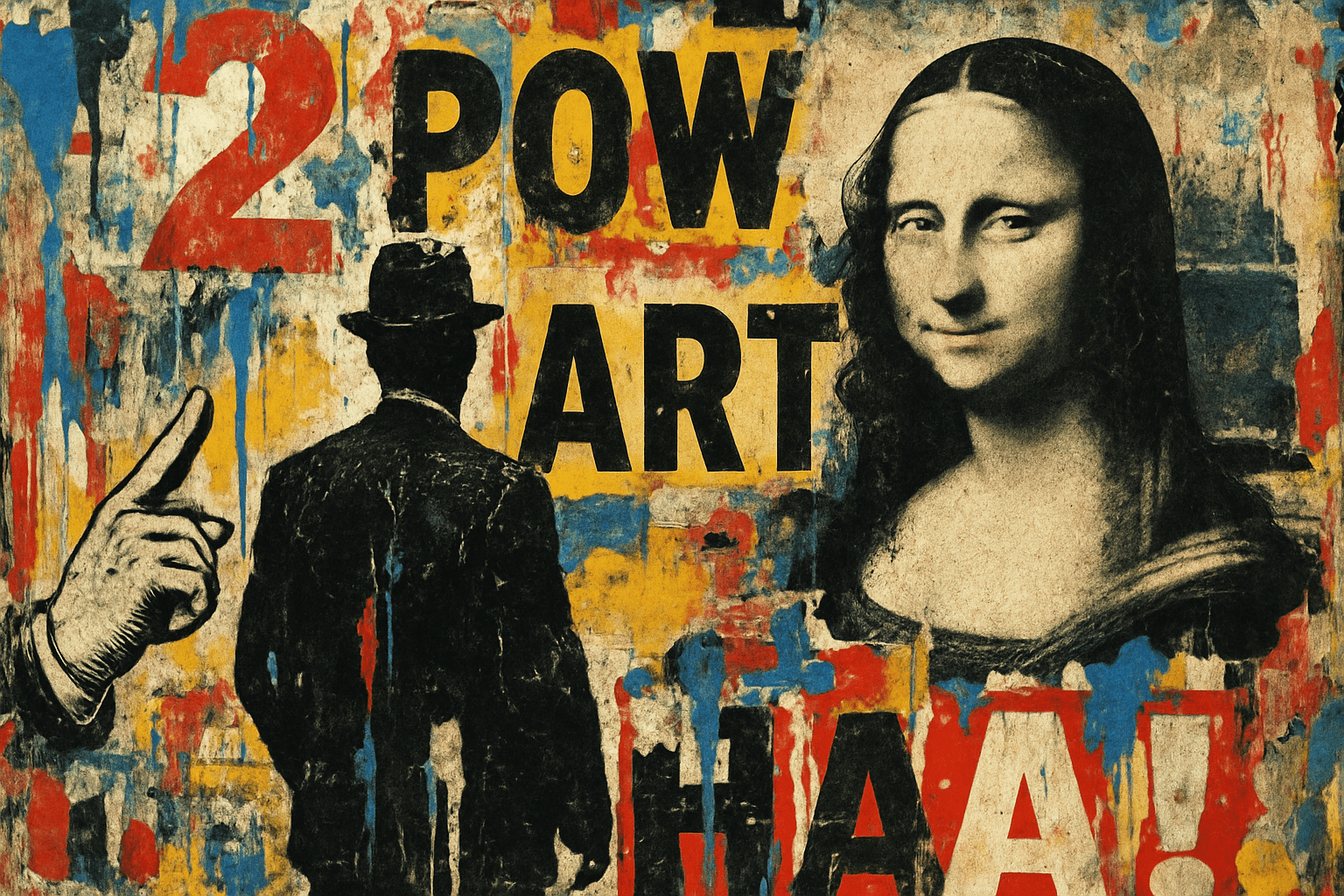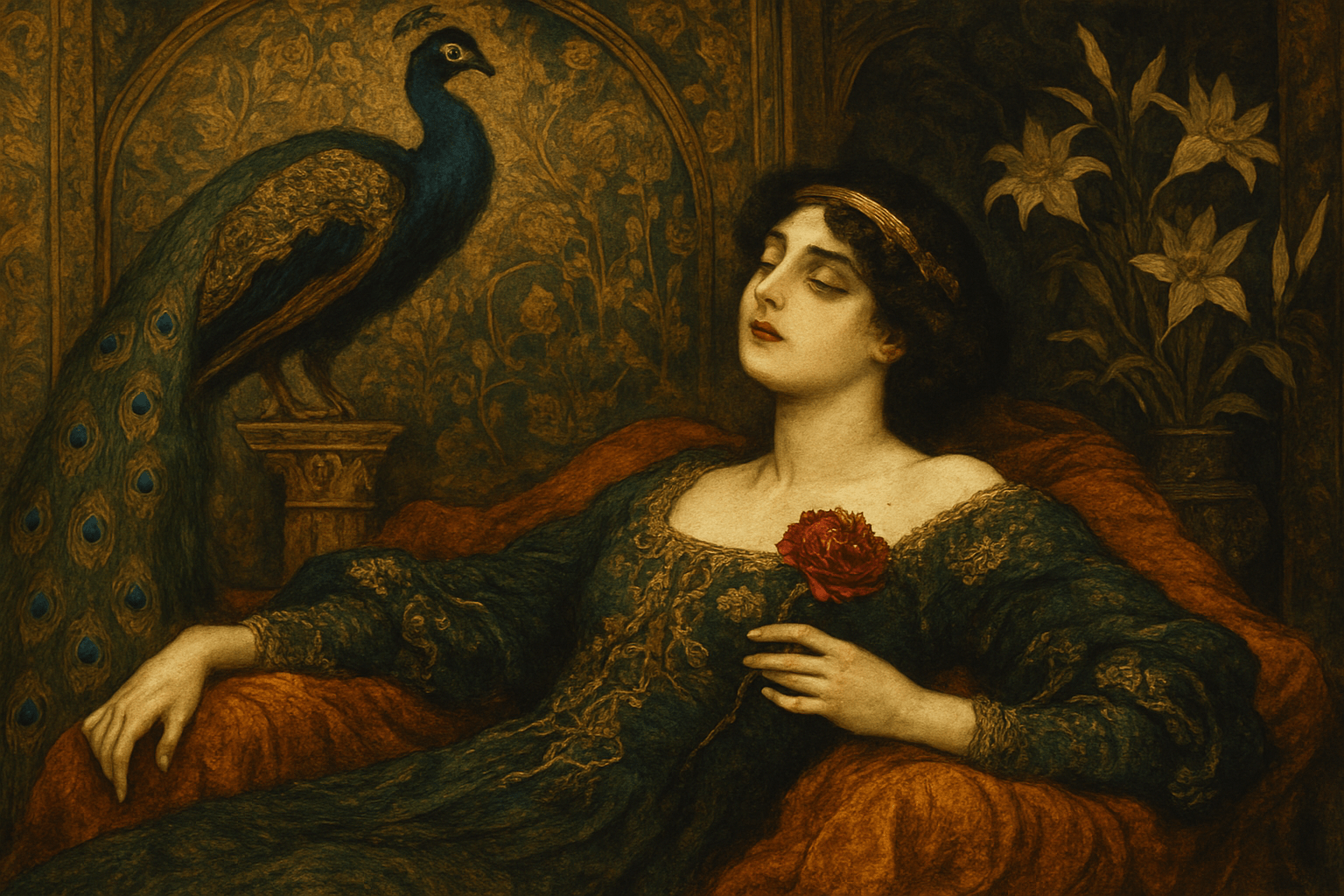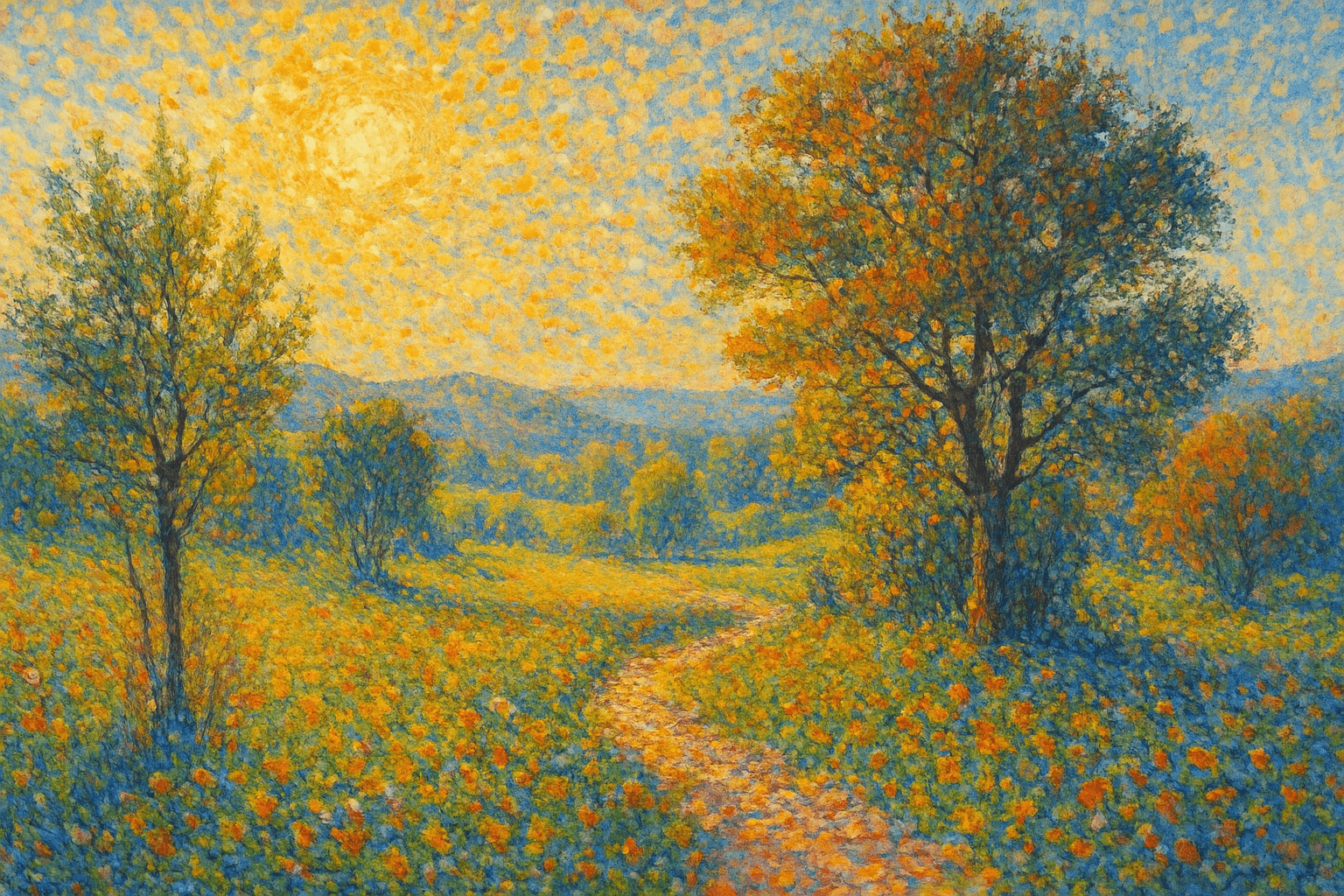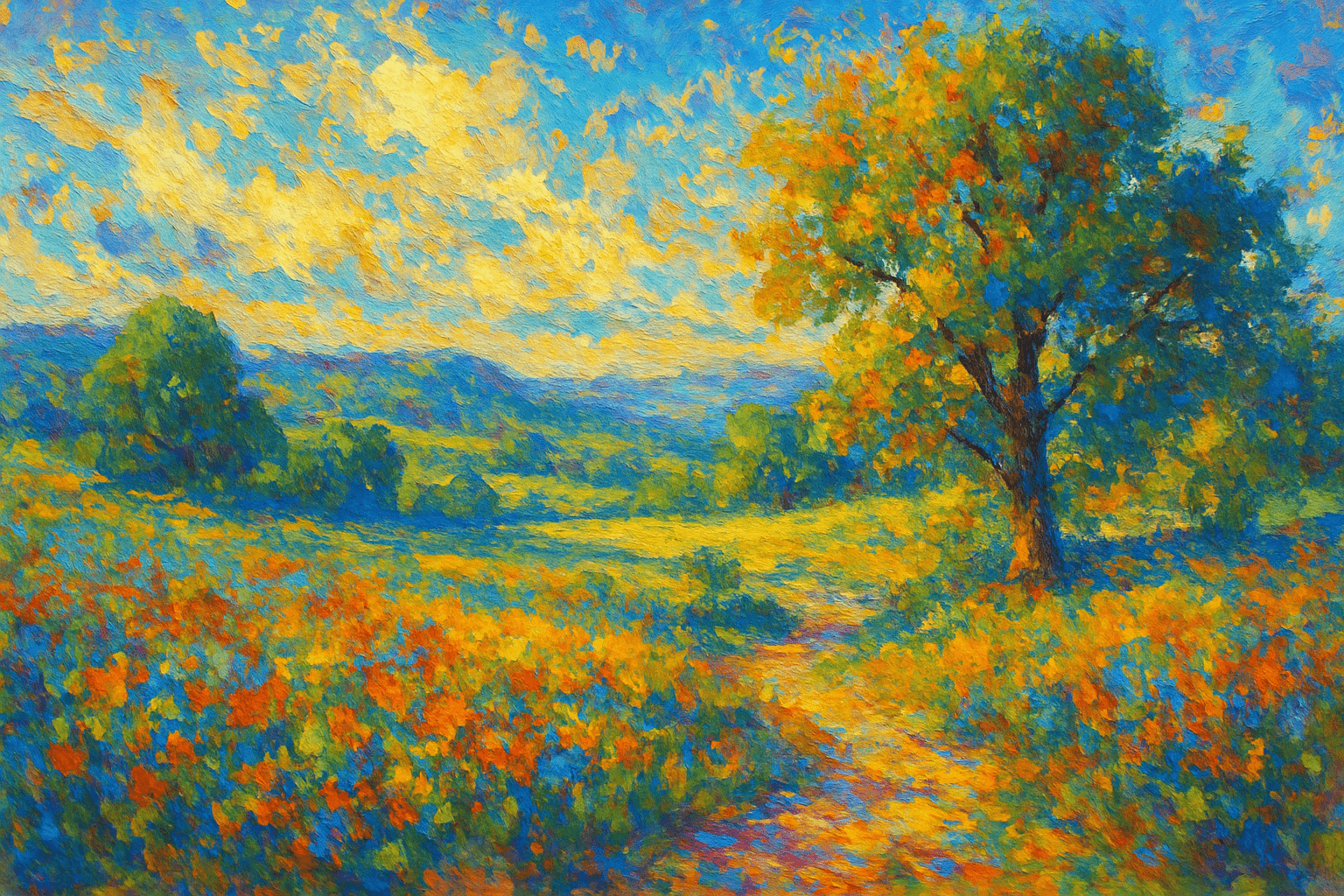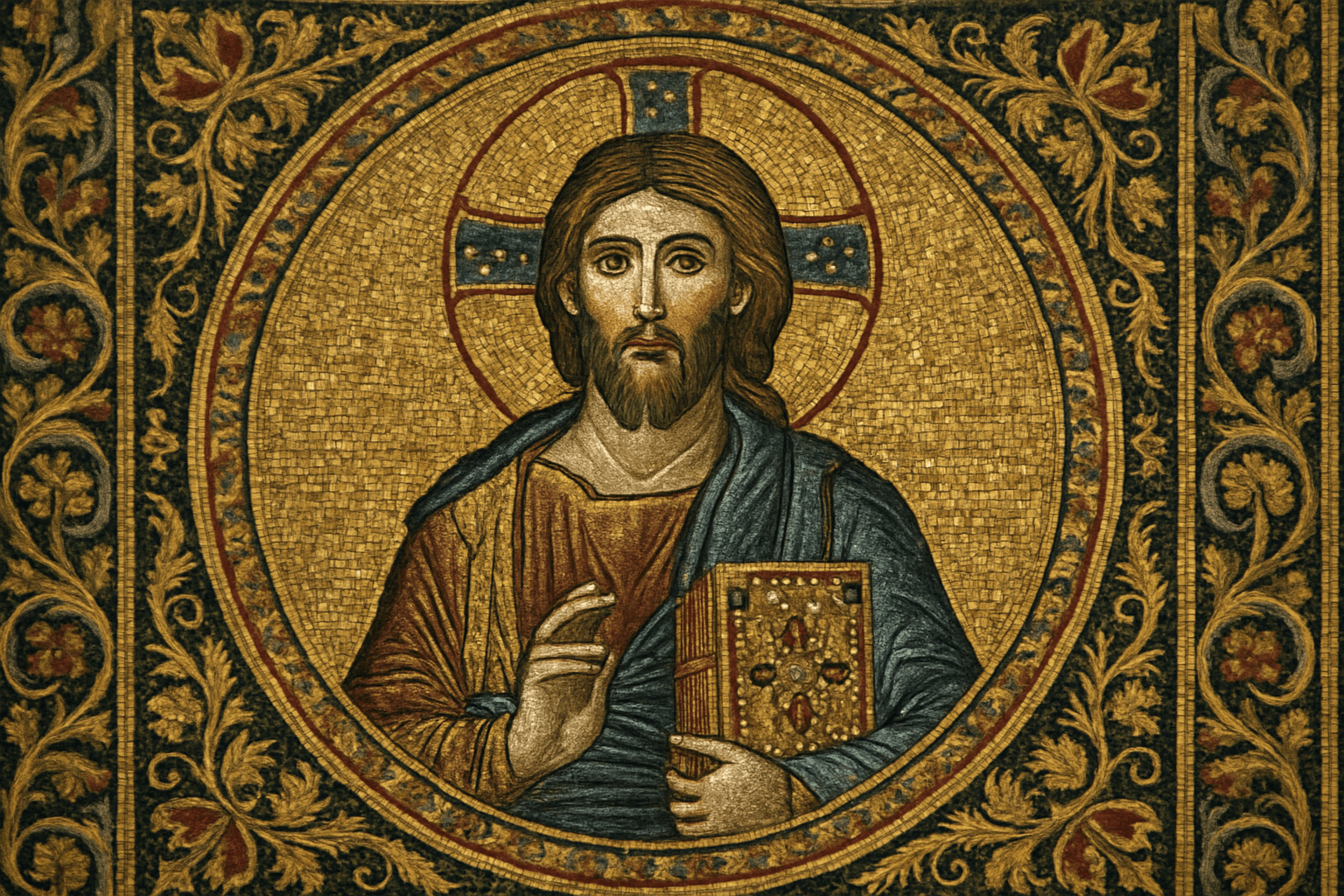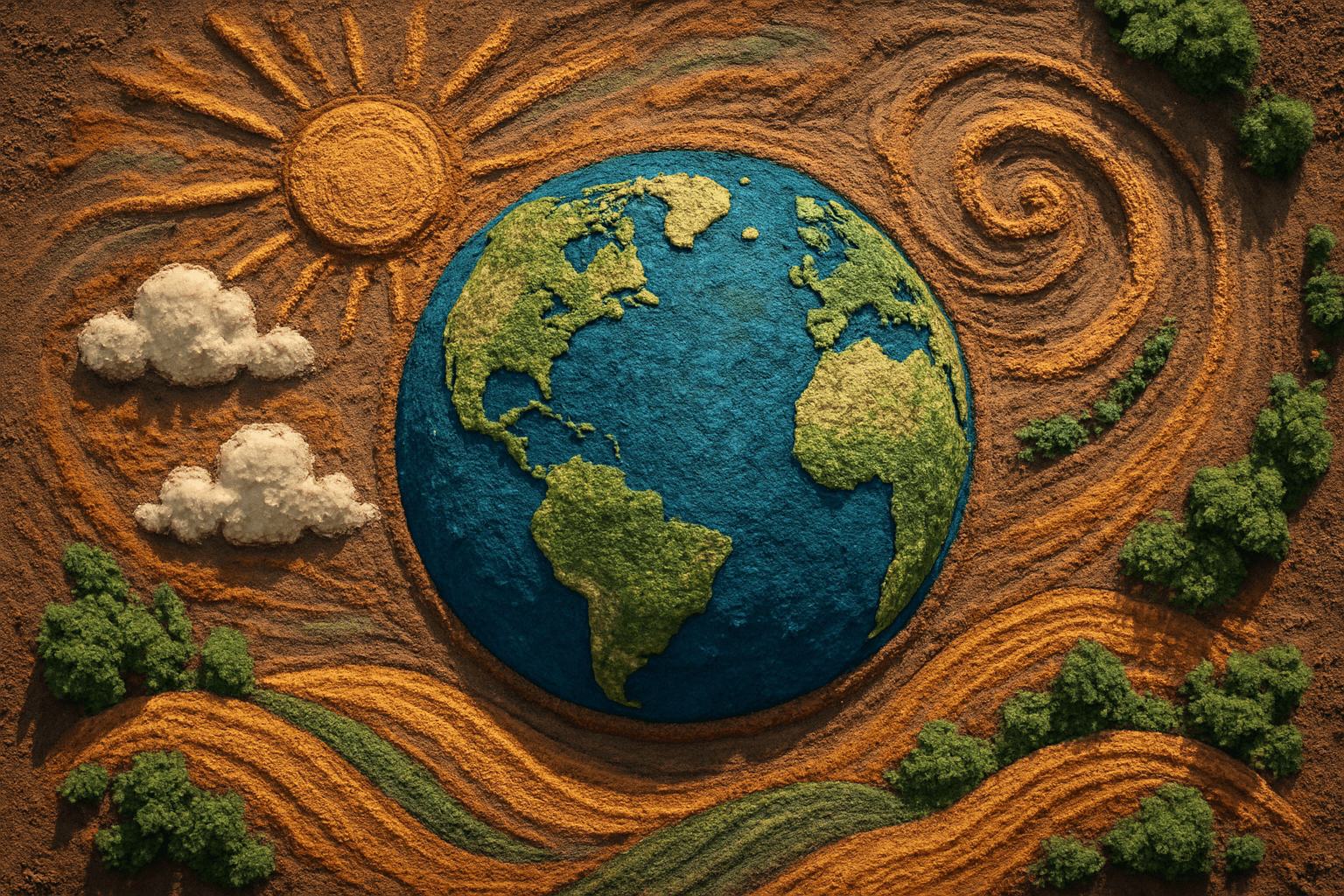
Figurative art
Figurative art is art that represents a person, place, thing, or idea. The subject matter is usually easily recognizable and the style is realistic.
AOI thinking about Figurative art [+_~]-/
Overview and Quickfacts
Figurative art is a type of art that represents real, concrete objects. This type of art is often used to represent people, animals, and scenes from everyday life. Figurative art is often characterized by its use of bright colors and its ability to capture the viewer’s attention.
Can understand it also, as:
Metaphorical art, symbolical art, emblematic art, allegorical art
Categorize it as:
Impressionism, Modernism
.: Dreaming :.
holds a HAIKU for the art style
:. Thought is power .:
Detailed Description
Figurative art is an art form in which the artist uses the human body, or figures, as the primary subject matter. The term can also refer to artworks in which the artist uses other elements, such as animals, plants, or inanimate objects, to represent the human form. Figurative art has its roots in prehistory, when early humans created artworks that depicted the human form in a variety of ways. Over time, different cultures and civilizations developed their own distinct styles of figurative art, which reflect the unique values and beliefs of those cultures. Some of the most famous figurative artists include Michelangelo, Leonardo da Vinci, and Rembrandt. These artists created some of the most iconic and influential works of art in history, which have inspired countless other artists to explore the human form in their own work. Figurative art continues to be popular among artists and art lovers alike. It is a versatile and expressive art form that can be used to communicate a wide range of emotions and ideas. Whether youÃÂÃÂre looking at a Michelangelo sculpture or a modern painting, figurative art has the power to move and inspire us.
.. beep, beep, beep ..
<START OF TRANSMISSION>
1. Figurative art is art that represents a figure, form, or object in a literal way. 2. It is often associated with realism and naturalism, but can also be abstract. 3. Figurative art can be found in all cultures and dates back to prehistoric times. 4. The term "figurative" comes from the Latin word "figura," meaning "shape" or "figure." 5. In figurative art, the artist may use elements of realism, but they are not bound by realism. 6. Many artists use figurative art to express their ideas about the world and human experience. 7. Figurative art can be used to communicate a wide range of emotions, from joy to sorrow. 8. Figurative art often tells a story or conveys a message. 9. The artist may use symbols and metaphors to communicate their ideas. 10. Figurative art may be representational, meaning it looks like the thing it represents, or it may be abstract, meaning it does not look like the thing it represents. 11. The artist may use color, line, shape, and texture to create their work. 12. Figurative art may be static, meaning it does not change over time, or it may be dynamic, meaning it changes over time. 13. Figurative art may be two-dimensional, meaning it exists on a flat surface, or it may be three-dimensional, meaning it exists in space. 14. Figurative art may be created in a variety of media, including painting, sculpture, photography, and printmaking. 15. The artist may use traditional media or new media to create their work. 16. Figurative art may be realistic or idealized. 17. The artist may use perspective, proportion, and scale to create their work. 18. The artist may use light and shadow to create their work. 19. The artist may use movement to create their work. 20. The artist may use sound to create their work.
<EOF>
.. robbel bob
Visual Examples from our image gallery
Coming soon, we are so slow .. might never come
Artists, Paintings, and more
(be aware, can be highly speculative)
Artists (be aware, speculation possible):
1. Leonardo da Vinci (1452-1519) 2. Michelangelo (1475-1564) 3. Raphael (1483-1520) 4. Rembrandt (1606-1669) 5. Peter Paul Rubens (1577-1640) 6. Diego VelÃÂázquez (1599-1660) 7. John Singleton Copley (1738-1815) 8. Thomas Gainsborough (1727-1788) 9. Joshua Reynolds (1723-1792) 10. J.M.W. Turner (1775-1851) 11. Edgar Degas (1834-1917) 12. Claude Monet (1840-1926) 13. Pierre-Auguste Renoir (1841-1919) 14. Paul CÃÂézanne (1839-1906) 15. Vincent van Gogh (1853-1890) 16. Georges Seurat (1859-1891) 17. Paul Gauguin (1848-1903) 18. Henri de Toulouse-Lautrec (1864-1901) 19. Mary Cassatt (1844-1926) 20. Gustave Courbet (1819-1877) 21. Camille Pissarro (1830-1903) 22. Edvard Munch (1863-1944) 23. Wassily Kandinsky (1866-1944) 24. Franz Marc (1880-1916) 25. Piet Mondrian (1872-1944) 26. Salvador DalÃÂà(1904-1989) 27. Joan MirÃÂó (1893-1983) 28. Pablo Picasso (1881-1973) 29. Mark Rothko (1903-1970) 30. Jackson Pollock (1912-1956)
Artworks (be aware, speculation possible)
1. The Hay Wagon, American Gothic, Grant Wood, 1930 2. Nighthawks, Edward Hopper, 1942 3. The Persistence of Memory, Salvador Dali, 1931 4. The Scream, Edvard Munch, 1893 5. The Starry Night, Vincent van Gogh, 1889 6. The Kiss, Gustav Klimt, 1908 7. The Dance, Henri Matisse, 1910 8. The Weeping Woman, Pablo Picasso, 1937 9. The Third of May 1808, Francisco Goya, 1814 10. The Madonna of the Pomegranate, Sandro Botticelli, 1487 11. The Birth of Venus, Sandro Botticelli, 1485 12. The Last Supper, Leonardo da Vinci, 1498 13. Mona Lisa, Leonardo da Vinci, 1503-1506 14. The Sistine Chapel Ceiling, Michelangelo, 1512 15. The Sistine Chapel Frescoes, Michelangelo, 1512-1541 16. The Creation of Adam, Michelangelo, 1512 17. The Vitruvian Man, Leonardo da Vinci, 1492 18. The Battle of Alexander at Issus, Albrecht Altdorfer, 1529 19. The Ambassadors, Hans Holbein the Younger, 1533 20. The Garden of Earthly Delights, Hieronymus Bosch, 1504 21. The Hay Wagon, American Gothic, Grant Wood, 1930 22. Nighthawks, Edward Hopper, 1942 23. The Persistence of Memory, Salvador Dali, 1931 24. The Scream, Edvard Munch, 1893 25. The Starry Night, Vincent van Gogh, 1889 26. The Kiss, Gustav Klimt, 1908 27. The Dance, Henri Matisse, 1910 28. The Weeping Woman, Pablo Picasso, 1937 29. The Third of May 1808, Francisco Goya, 1814 30. The Madonna of the Pomegranate, Sandro Botticelli, 1487
Epoch
The time period of the art style Figurative art is the late 19th century to the present day.
AI ART RESSOURCES (AKA, well Tools)
Helping tools -> predefined search links on other pages:
